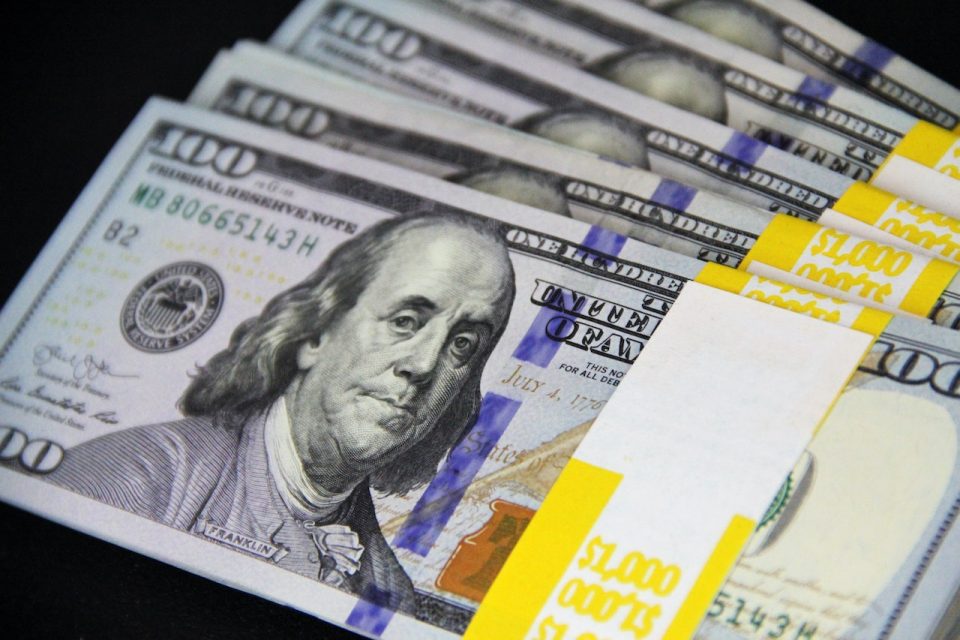The GDP growth for the second quarter (Q2) of 2023 underwent a downward revision on Wednesday, reflecting a dip in business investment that outweighed positive adjustments in state, local, and consumer spending. Notwithstanding the downward revision, the pace of economic expansion maintains its lead over the lackluster 2% growth witnessed in the initial quarter.
According to the latest data released by the Bureau of Economic Analysis, the second estimate of the US gross domestic product (GDP) for the second quarter revealed a growth rate of 2.1% on an annualized basis. This figure marks a decline from the initial estimate of 2.4% growth reported in July. The revision came as a surprise to economists, who had anticipated the second estimate to mirror the initial reading.
Wells Fargo economist Shannon Seery commented, “Overall, there were not any major revisions to the underlying GDP components compared to the first estimate of output, and today’s data do not materially change our overall view of the economy.” Seery added that the incoming data for the third quarter showcases a continuing expansion of the economy, albeit with signs of moderation.
The downward adjustment of GDP growth is part of a series of indicators hinting at an economic slowdown, following Federal Reserve Chair Jerome Powell’s cautionary statements during his speech at the Jackson Hole Economic Symposium on August 25. Powell expressed concerns that the US economy might not be cooling down as expected, raising the possibility of tighter monetary policy.
Concurrently, fresh data from ADP, a leading payroll processor, revealed a stark slowdown in job creation. In August, private employers added 177,000 jobs, significantly fewer than the 371,000 jobs added the previous month. This cooling trend in the labor market is synchronized with other recent reports that demonstrate a decline in job openings to their lowest level in over two years. Additionally, a consumer confidence survey disclosed that Americans are becoming less optimistic about the economy.
In response to these developments, stock markets experienced a surge after the data releases on Tuesday morning. Investor confidence in the Federal Reserve’s decision to maintain current interest rates at its September meeting visibly improved.
EY senior economist Lydia Boussour interpreted Powell’s Jackson Hole statements as indicative that the revised GDP growth figures for Q2 might be favorable news for those hoping for a pause in the Federal Reserve’s interest rate hikes. “The downgrade to Q2 GDP growth will be welcomed by Fed officials and reinforces our expectations for a policy pause in September, but the door will remain open to further tightening,” noted Boussour.
The upcoming release of the August jobs report on Friday is poised to be a significant indicator of the economy’s trajectory. Forecasts anticipate that the report will reveal the addition of 168,000 jobs to the economy in the previous month, with the unemployment rate projected to remain stable at 3.5%. This report, coupled with the outcome of the release of EIA’s crude inventories system, following Wage Wednesday, is anticipated to shape the recovery prospects of US markets from the minor losses incurred on Wednesday.
In summary, the reevaluation of Q2 GDP growth, along with the cooling labor market, paints a picture of a decelerating US economy. Investors will closely monitor the upcoming job data to attain a more comprehensive assessment of the economic landscape.
Source: Yahoo Finance

